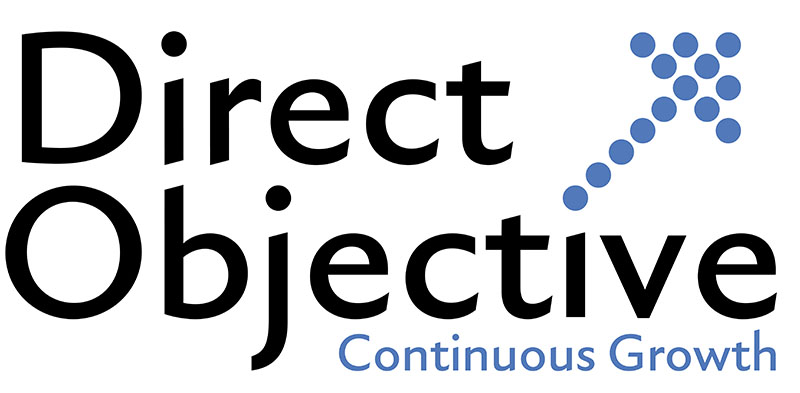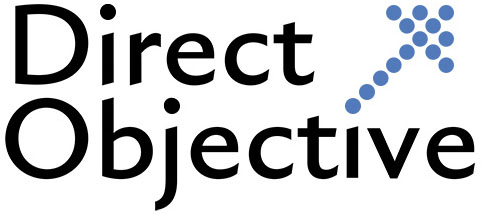
Summer has officially come to a close, and with it, many fun-in-the-sun activities. If you happen to fish in your spare time, you may think the fishing season is over. But, if you’re looking to market your company, the season never ends! The lead Lead generation process is, in fact, very much like fishing.
Any good fisherman will tell you it takes more than a glitzy lure and a bit of bait to catch a fish. After all, the effectiveness of a strategic marketing plan is just a factor of how much you can encourage prospects to “bite” at your campaigns.

What's Your MarketingReadyTM Ranking?
A good fisherman starts by deciding just what he is fishing for— lobster? Salmon? Trout? Depending on the catch, the location will be vastly different! Similarly, the process differs according to the chosen target market. Further to this, we must remember that a fisherman will not want to crowd close to other boats, where fish may be drawn away and his chances diminished. In this way, your strategic marketing plan should delineate how you will compete with other companies by “fishing” in areas with less competition. Then there’s the question of equipment. Will you need lobster traps? A fishing rod? Or maybe a net?
To cast off an effective lead generation process, you need to take in all of these kinds of considerations, as a fisherman does. You need to define your best target market, resolve on where to find the leads, and figure out how to get them interested in your product or service. You need to make sure that prospects instantly understand the difference between your offering and your competitor’s, entice them to act, and ultimately to buy into your offering.
A positioning strategy defines how to project your offering as visibly and attractively as possible so that your potential client base (i.e., target market) will easily recognize it and will show increased interest in your offering.










